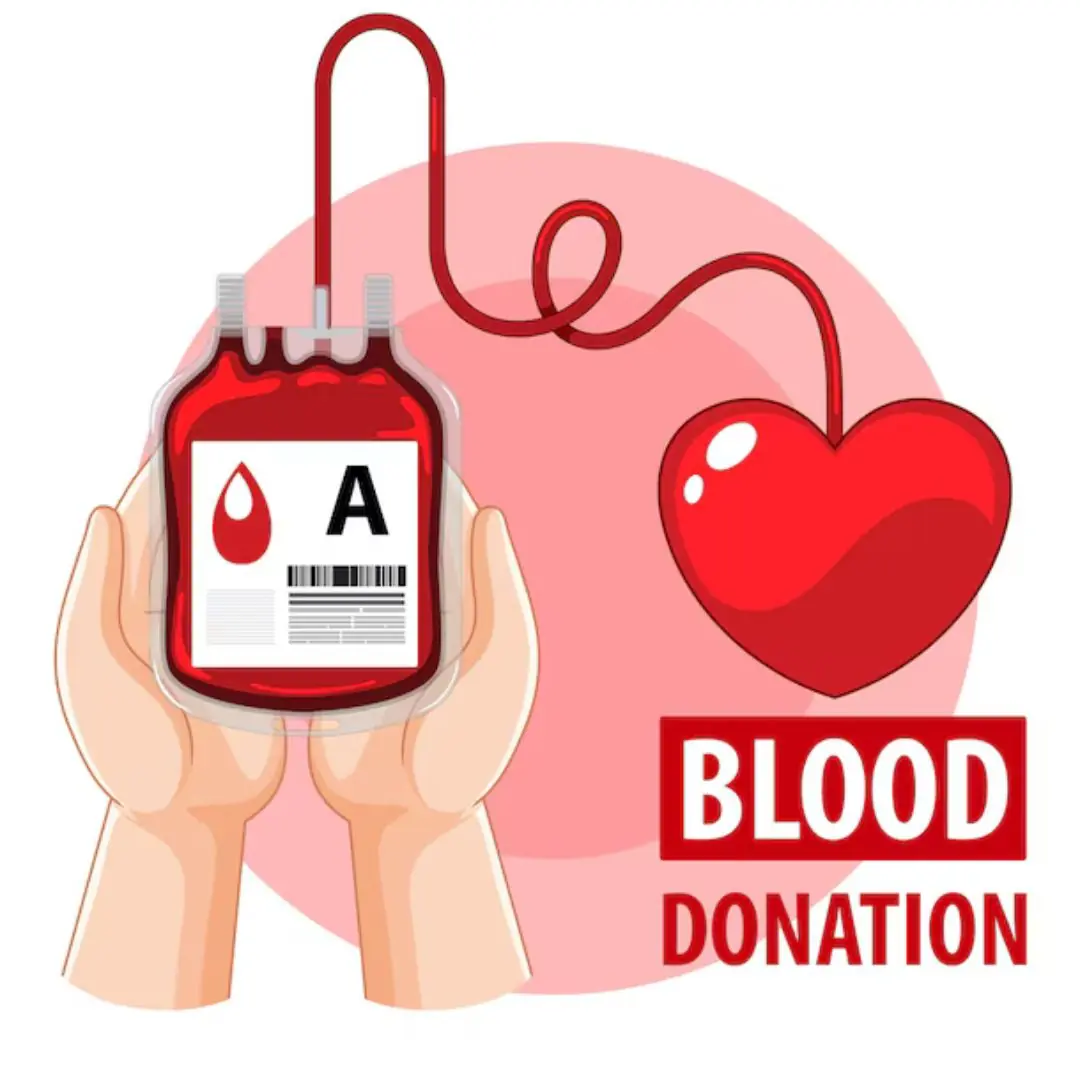
Bladder Ca.ncer: Symptoms You Shouldn’t Ignore

Bladder cancer definition
Bladder cancer is a type of cancer that occurs when cells in the bladder grow abnormally. The most common symptom is blood in the urine, which can be painless.
Bladder cancer is the most common urologic cancer, with a higher recurrence rate for any cancer. The most common type is urothelial carcinoma.
The bladder is a crucial organ located in the lower abdomen that stores urine for excretion. When cancer in the bladder lining spreads to surrounding organs and lymph nodes, it is called invasive.
Based on the treatment options, the multidisciplinary team that treats bladder cancer may include a urologist for urinary and reproductive issues, a radiation oncologist for cancer treatment, and a medical oncologist for overall cancer management and care.
Bladder cancer meaning
The term "bladder cancer" can be broken down into two components,
Bladder: The word "bladder" comes from the Old English "blædre," which is derived from Proto-Germanic *bladrą, meaning "bladder" or "pouch."
Cancer: The word "cancer" comes from the Latin "cancer," meaning "crab" or "tumour." The term was used by the ancient Greek physician Hippocrates (around 400 BCE) to describe tumours, likely due to the appearance of the blood vessels around the tumour resembling the legs of a crab. The Latin word "cancer" itself is derived from the Greek word "karkinos," which also means "crab." Over time, "cancer" became associated with malignant growths.
Bladder cancer statistics
Bladder cancer statistics worldwide
Bladder cancer ranks as the ninth most prevalent cancer worldwide. According to the World Health Organization, the prevalence of bladder cancer worldwide has led to more than 600,000 individuals being diagnosed in 2022, with over 220,000 dying from the condition. Bladder cancer is among the most difficult and expensive cancers to detect and treat.
Bladder cancer prevalence in India
According to GLOBOCAN 2020 data, bladder cancer is the 17th most common cancer in India, with a higher prevalence in males than females, with a male to female ratio of approximately 4:1. It is regarded as very widespread among Indian men, particularly those over the age of 60.
Types of bladder cancer
Bladder cancer is categorized into several types based on the cells from which it arises and its growth patterns. The different types of bladder cancer include:
Urothelial carcinoma
This type of bladder cancer is the most prevalent and is also referred to as transitional cell carcinoma. Urothelial cells are able to stretch and shrink as the bladder fills and empties.
Squamous cell carcinom
This type of cancer originates in the flat, thin cells that line the bladder, which are known as squamous cells. It can develop after long-term irritation or infection. Squamous cell carcinoma is more common in some parts of the world, including Africa and Asia.
Adenocarcinoma
This type of cancer develops in glandular cells that produce mucus in the bladder. It's a rare and aggressive type of bladder cancer.
Small cell carcinoma
This type of cancer originates in neuroendocrine cells, which are nerve-like cells that produce hormones. It is one of the rare types of bladder cancer.
Sarcoma
This type of cancer is very rare and starts in the connective tissues in the bladder.
Urachal cancer
Urachal cancer is a rare and aggressive type of bladder cancer that originates in the urachus, a fibrous remnant of the umbilical cord. It is usually an adenocarcinoma and frequently occurs in an advanced stage.
Bladder cancer symptoms
Bladder cancer can cause a wide range of symptoms, some of which are easily overlooked. Knowing the early warning symptoms, such as blood in the urine or frequent urination, can help to detect the cancer in its early stages.
Symptoms of bladder cancer include the following:
- Blood in urine: The most common symptom, which can appear suddenly and without pain. It can look like streaks of blood or turn the urine brown.
- Frequent urination: Patients might feel like they need to urinate right away, even when your bladder isn't full.
- Pain: Patients might feel pain in the lower back, abdomen, or bones.
- Burning sensation: The patients might feel a burning sensation when they urinate.
- Trouble emptying your bladder: Individuals with bladder cancer might have trouble urinating or have a weak urine stream.
- Urinating at night: Bladder cancer patients might have to get up to urinate many times during the night.
- Weight loss: Patients may lose weight unintentionally.
- Fatigue: Patients may feel tired or weak.
- Swelling in the feet: Patients may experience swelling in the feet.
Early symptoms of bladder cancer
In the initial stages, bladder cancer symptoms may be subtle and easy to overlook. One of the most common early symptoms of bladder cancer is blood in urine (hematuria), which may appear as pink, red, or dark-colored urine.
These symptoms often comes and goes and might not always be accompanied by pain. In some cases, people may notice frequent urination or feel an urgent need to urinate, even though the bladder isn't full.
Early signs of bladder cancer in women and early symptoms in females may include more frequent urinary tract infections (UTIs) or a feeling of discomfort during urination. Women over 50 should be particularly vigilant for these symptoms, as bladder cancer incidence tends to increase with age.
These symptom could be apparent in men with bladder cancer, as men are more likely to be diagnosed than women. Men's bladder cancer symptoms frequently include pelvic or lower abdomen pain, which can be confused with other disorders such as prostate issues.
Advanced bladder cancer symptoms
As bladder cancer progresses to more advanced stages, additional symptoms may emerge. In stage 2 and stage 3 bladder cancer, the tumor may grow into deeper layers of the bladder wall, leading to more severe symptoms, such as:
- Constant or increasing pain in the lower abdomen or back
- Fatigue and general weakness due to the spread of cancer or anemia
- Swelling in the legs or feet caused by blocked lymphatic drainage
In stage 4 bladder cancer, which is the most advanced stage, the cancer has likely spread to other parts of the body. The symptoms at this stage may include significant weight loss, bone pain, and further blood in the urine. At this point, bladder cancer last stage symptoms may include more systemic signs, such as nausea, vomiting, and difficulty breathing.
Bladder cancer causes
Bladder cancer is caused by mutations (changes) in the bladder cells. It is frequently associated with exposure to specific chemicals, although the exact cause is unknown. There are a number of factors that have been found to significantly raise the risk of bladder cancer.
Bladder cancer risk factors
Bladder cancer is triggered by a number of risk factors, some of which can be modified while others cannot. Recognizing such risk factors of urinary bladder cancer is essential for early detection and prevention.
Risk factors that can cause urinary bladder cancer include the following:
- Smoking
- Family history
- Exposure to chemicals
- Medications
- Radiation therapy
- Gene mutations
- Drinking water
- Age
- Gender
- Schistosomiasis
- Indwelling catheter
- Urinary tract infections (UTIs)
- Bladder stones
Smoking: Smoking exposes the bladder to carcinogens in tobacco smoke, which are absorbed into the bloodstream and then filtered by the kidneys into the bladder, increasing the likelihood of bladder cancer over time.
Family history: A family history of bladder cancer raises the risk of developing the disease due to inherited genetic abnormalities or shared environmental exposures, making a person more vulnerable to bladder cancer.
Exposure to chemicals: Chronic exposure to industrial chemicals, such as aromatic amines present in dyes, rubber, and paint, can lead to cellular abnormalities and an increased risk of bladder cancer.
Medications: Certain medications, like cyclophosphamide, are known to increase the risk of bladder cancer by damaging bladder cells and causing DNA mutations, particularly with long-term or high-dose use.
Radiation therapy: Radiation therapy, especially to the pelvic area for other cancers, can damage bladder tissue over time. This damage leads to mutations and increases the risk of developing bladder cancer years later.
Gene mutations: Mutations in specific genes, such as FGFR3 or TP53, can disrupt normal cell growth and repair mechanisms, leading to uncontrolled cell proliferation and the development of bladder cancer over time.
Drinking water: Contaminated drinking water, particularly with substances like arsenic, increases the risk of bladder cancer by introducing carcinogenic compounds into the body, which are then filtered and concentrated in the bladder.
Age: As age increases the risk of bladder cancer increases, due to the accumulation of genetic mutations, long-term exposure to carcinogens, and a weakened immune system make older individuals more susceptible to cancer development.
Gender: Men are more likely to be diagnose with bladder cancer than women due to differences in anatomy, lifestyle factors (such as smoking), and hormonal influences that increase the risk of bladder cancer in men.
Schistosomiasis: Schistosomiasis, caused by parasitic infection, leads to chronic bladder inflammation and scarring. This persistent irritation increases the risk of developing bladder cancer, particularly in areas where the disease is common.
Indwelling catheter: Long-term use of an indwelling catheter can cause chronic bladder irritation, infection, and inflammation, which can cause changes in the bladder lining and raise the risk of bladder cancer.
Urinary tract infections (UTIs): Recurrent UTIs can cause chronic inflammation and irritation in the bladder lining. Over time, this can cause cellular changes and mutations, raising the risk of developing bladder cancer.
Bladder stones: Chronic bladder stones can continuously irritate and inflame the bladder lining. Bladder cancer develops as a result of this ongoing damage, which additionally raises the possibility of cellular mutations.
News in the same category


5 types of vegetables and fruits help cool the liver and effectively lower liver enzymes

Woman Sudden Kidney Failure After Meal: Doctor Says “This Vegetable Is Poisonous… You Shouldn’t Eat It”

3 Critical Mistakes You Must Never Make with a Stro.ke Victim — Regret Won’t Undo the Damage
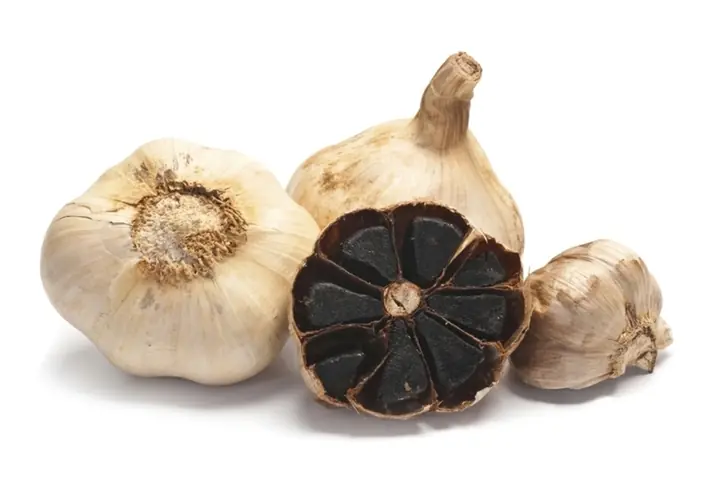
Shocking Truth: Black Garlic Isn’t for Everyone — 5 Types of People Who Should Avoid or Limit It Immediately

5 Early Warning Signs Your Body May Be Signaling Can.cer — See a Doctor Before It’s Too Late

Who should not drink soy milk? 6 things to remember

Understanding Vestibular Disorders: Causes, Symptoms, and How They're Treated

Symptoms of end stage kidney can,cer

4 best vegetables to help prevent canc.er

This fruit is extremely high in starch but helps reduce blood sugar and prevent 5 types of can.cer

These 3 “Frugal” Habits Are Actually Selling Out Your Health

Types of cooking oils that are good for the heart
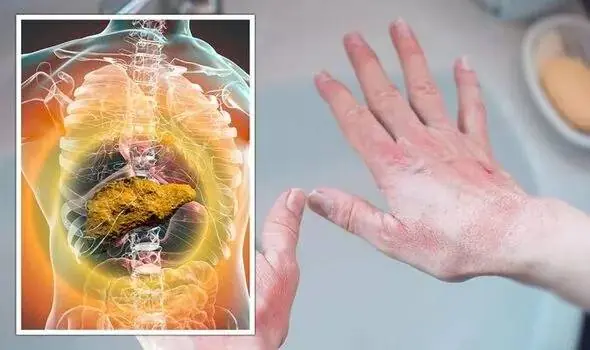
When Your Li.ver Is “Drenched” in Fat, Your Body Sends 5 Nighttime Warnings

Man Diagnosed with Kid.ney Failure from 3 "Tasty" Foods

Recognize signs of rabies according to each stage of the disease
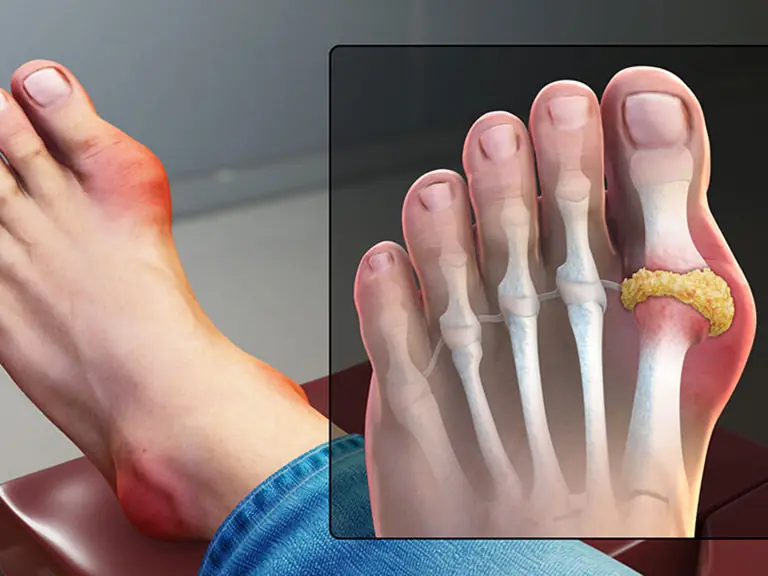
Those with gout should absolutely avoid these foods
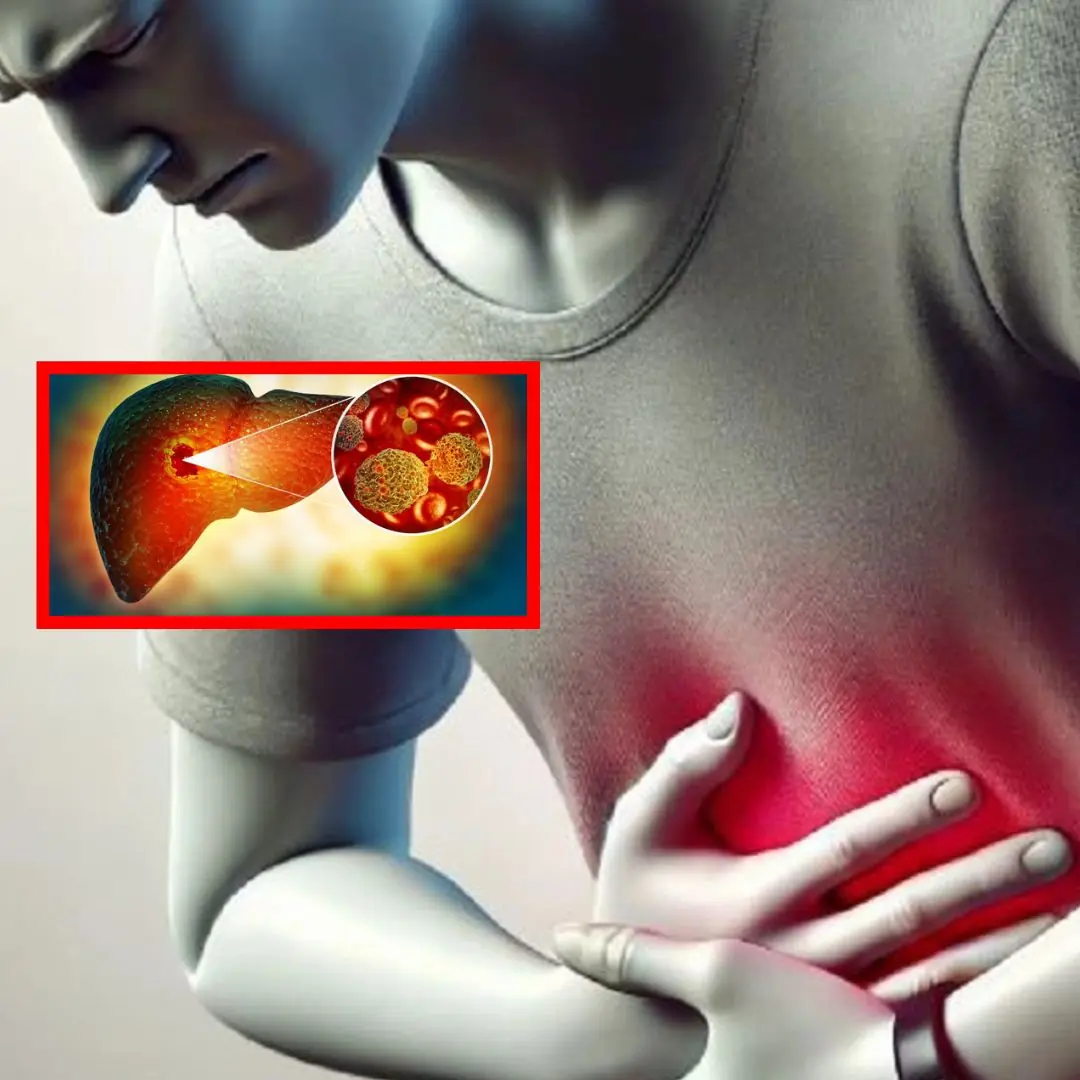
5 Nighttime Symptoms Warning of Fatty Liver

9 'super foods' favored by people over 100 years old
News Post
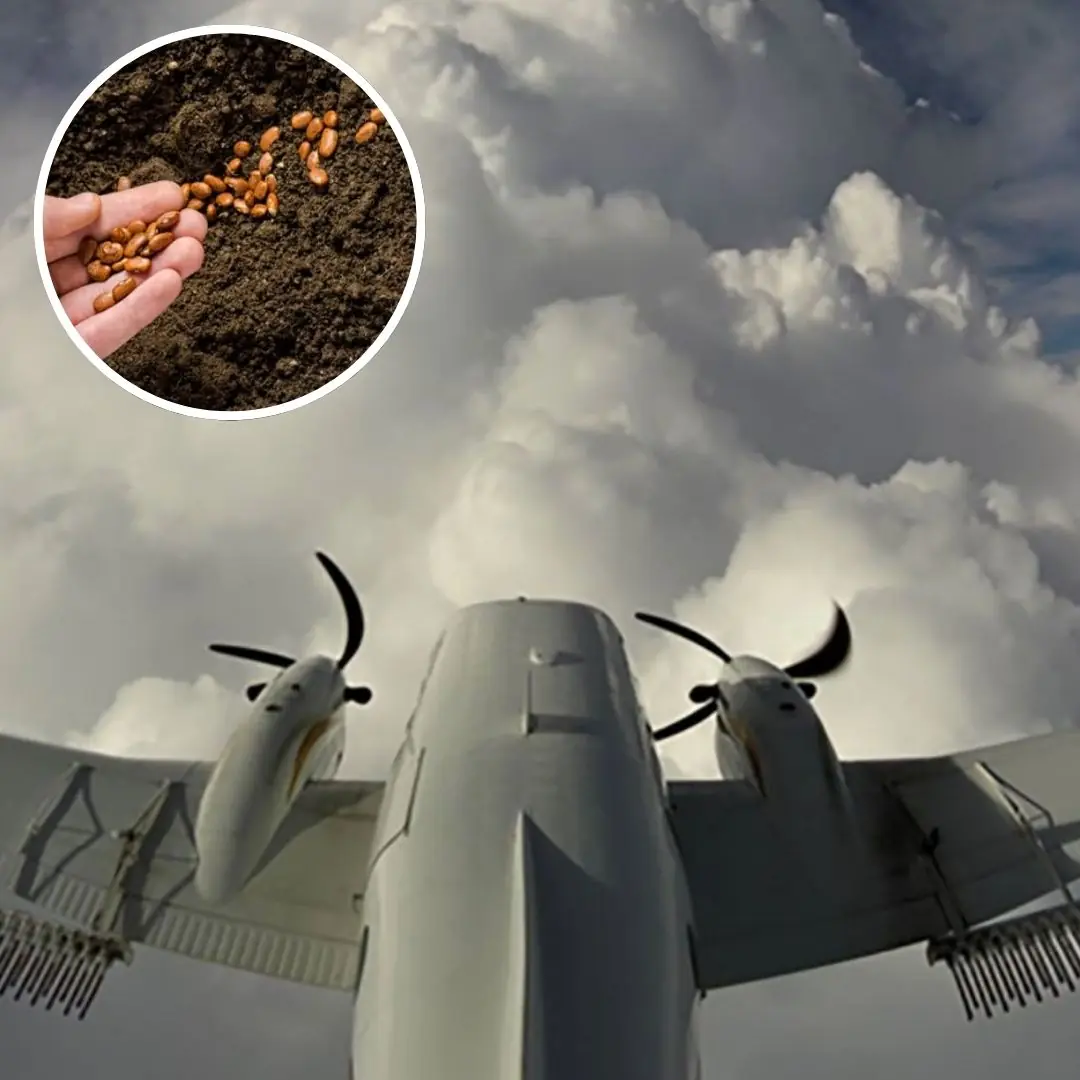
Why You Should Not Bring Seeds on a Plane: A Detailed Explanation
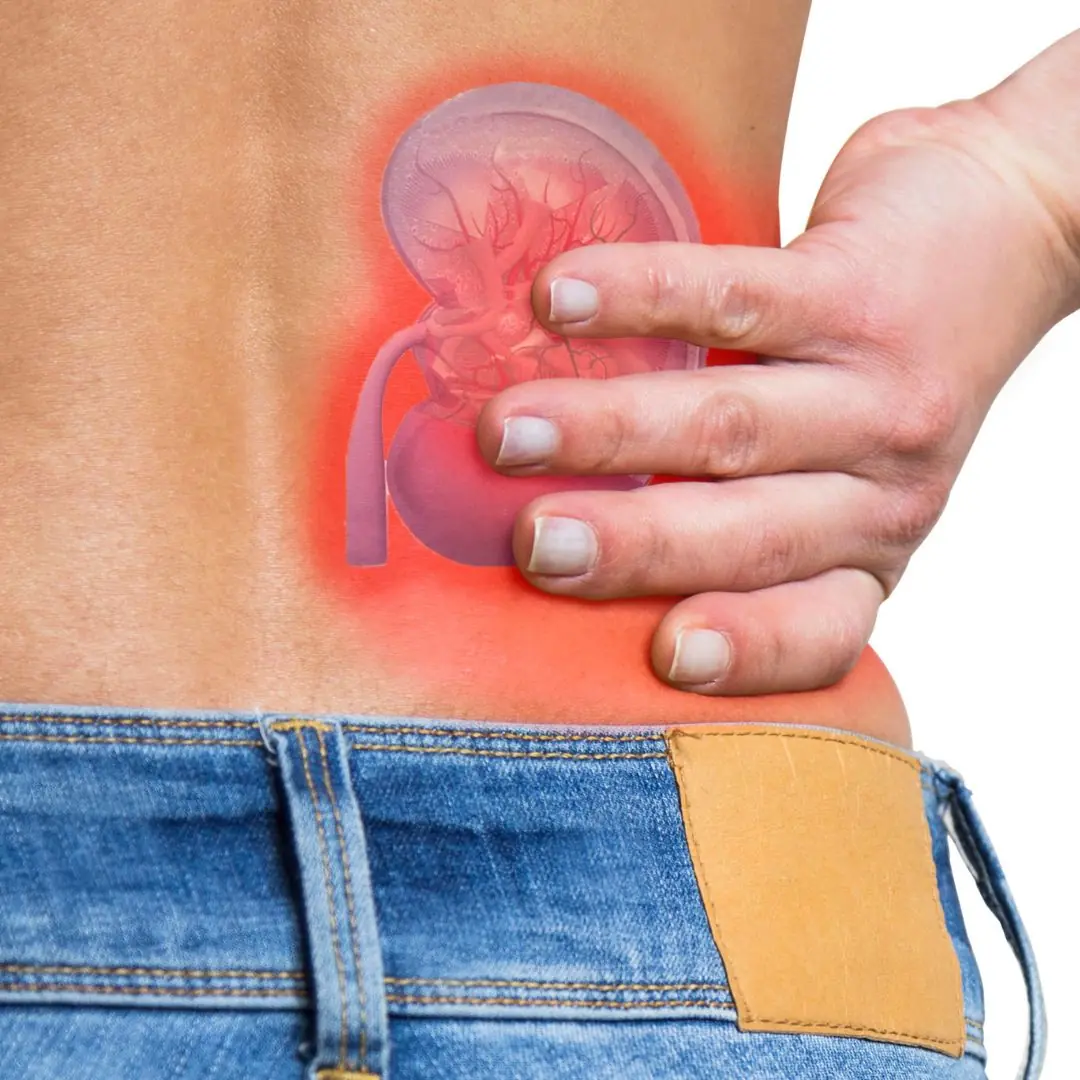
4 Healing Drinks to Prevent and Dissolve Kidney Stones

10 Powerful Reasons a Simple Smile Can Change Your Life

The Surprising Benefits of Donating Bl.o.od

5 types of vegetables and fruits help cool the liver and effectively lower liver enzymes

Top vegetable to help reduce visceral fat extremely effectively, nutritionist reveals 4 more easy ways to lose weight

Woman Sudden Kidney Failure After Meal: Doctor Says “This Vegetable Is Poisonous… You Shouldn’t Eat It”

3 Critical Mistakes You Must Never Make with a Stro.ke Victim — Regret Won’t Undo the Damage

3 Common Mistakes in Storing Watermelon During Summer

Shocking Truth: Black Garlic Isn’t for Everyone — 5 Types of People Who Should Avoid or Limit It Immediately

When Buying Oysters, Avoid These 3 Types
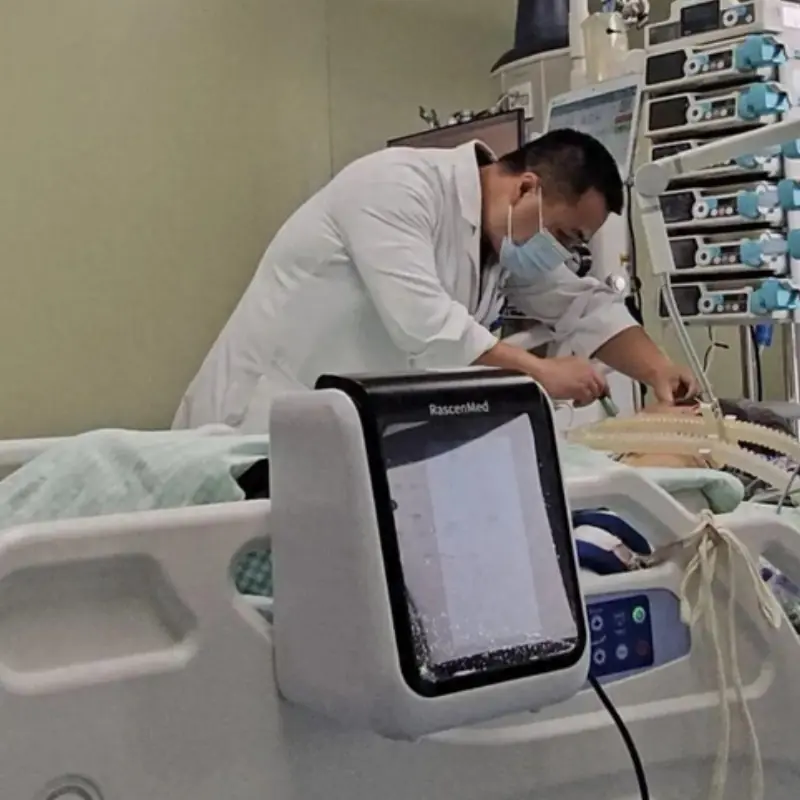
Woman Suddenly Suffers Kid.ney Failure After a Meal

5 Early Warning Signs Your Body May Be Signaling Can.cer — See a Doctor Before It’s Too Late

3 Common Yet Har.mful Ways People Store Bean Sprouts — Convenient but Nutrient-Depleting and Risky to Health

Why Dogs and Cats Often Hate Each Other—Most People Don’t Know This

4 Morning Habits That Increase Str.oke Risk—Avoid Them at Any Age
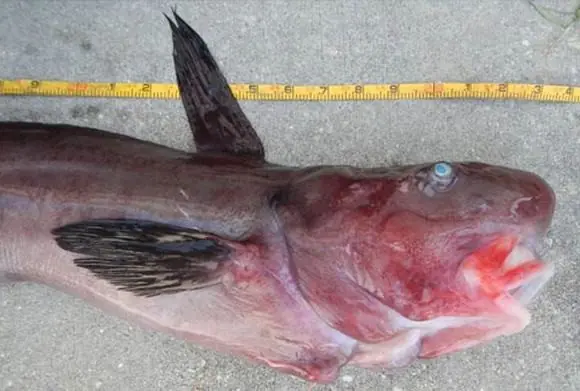
Smart Shoppers Avoid These 3 Types of Fish at the Market

2 Hidden Spots in Your Washing Machine That Make Clothes Dirtier
